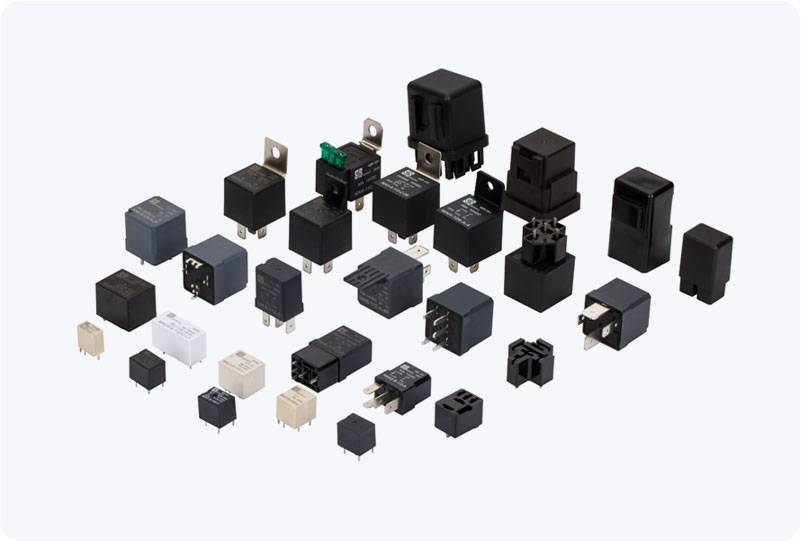A Low Voltage DC Relay is an essential electrical device used to control the flow of direct current (DC) within low-voltage circuits. These relays function as electromagnetic switches, allowing small control signals to activate or deactivate larger electrical loads. Due to their efficiency and versatility, low voltage DC relays are commonly used in various applications, from automotive systems to battery-powered electronics. In this article, we will explore the working principles, characteristics, and key applications of Low Voltage DC Relays.

Working Principle of Low Voltage DC Relays A low voltage DC relay works based on the electromagnetic induction principle. It consists of a coil, an armature, and a set of contacts. When a small electrical current flows through the coil, it creates a magnetic field. This magnetic field attracts the armature, causing it to move and either close or open the contacts. The contacts control the flow of a higher voltage or current in the circuit, enabling the relay to control power to external devices or circuits. There are two main types of contacts in relays: Normally Open (NO) and Normally Closed (NC). A NO contact remains open when the relay is not energized, and it closes when the relay is activated, allowing current to flow. Conversely, an NC contact is closed when the relay is de-energized and opens when activated, interrupting the current flow. These contact types provide flexibility in controlling various devices depending on the application’s requirements.
Leave a Reply
You must be logged in to post a comment.